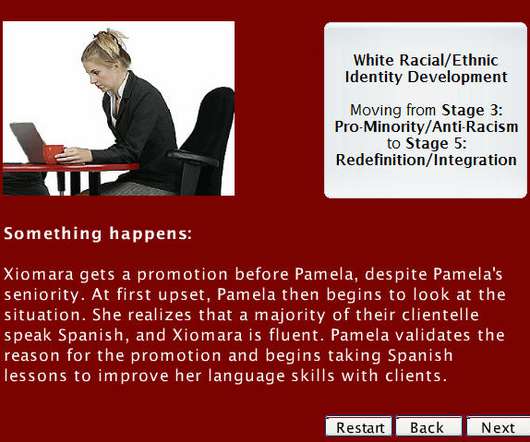Theories for the digital age: Paragogy
Learning with e's
NOVEMBER 1, 2012
The user generated content currently available on the web has been criticised for its inconsistent quality (Carr, 2010) and its potential to encourage plagiarism, piracy and a host of other nefarious practices (Keen, 2007). 2007) University of Google: Education in the (Post) Information Age. References Brabazon, T. Brabazon, T.











































Let's personalize your content